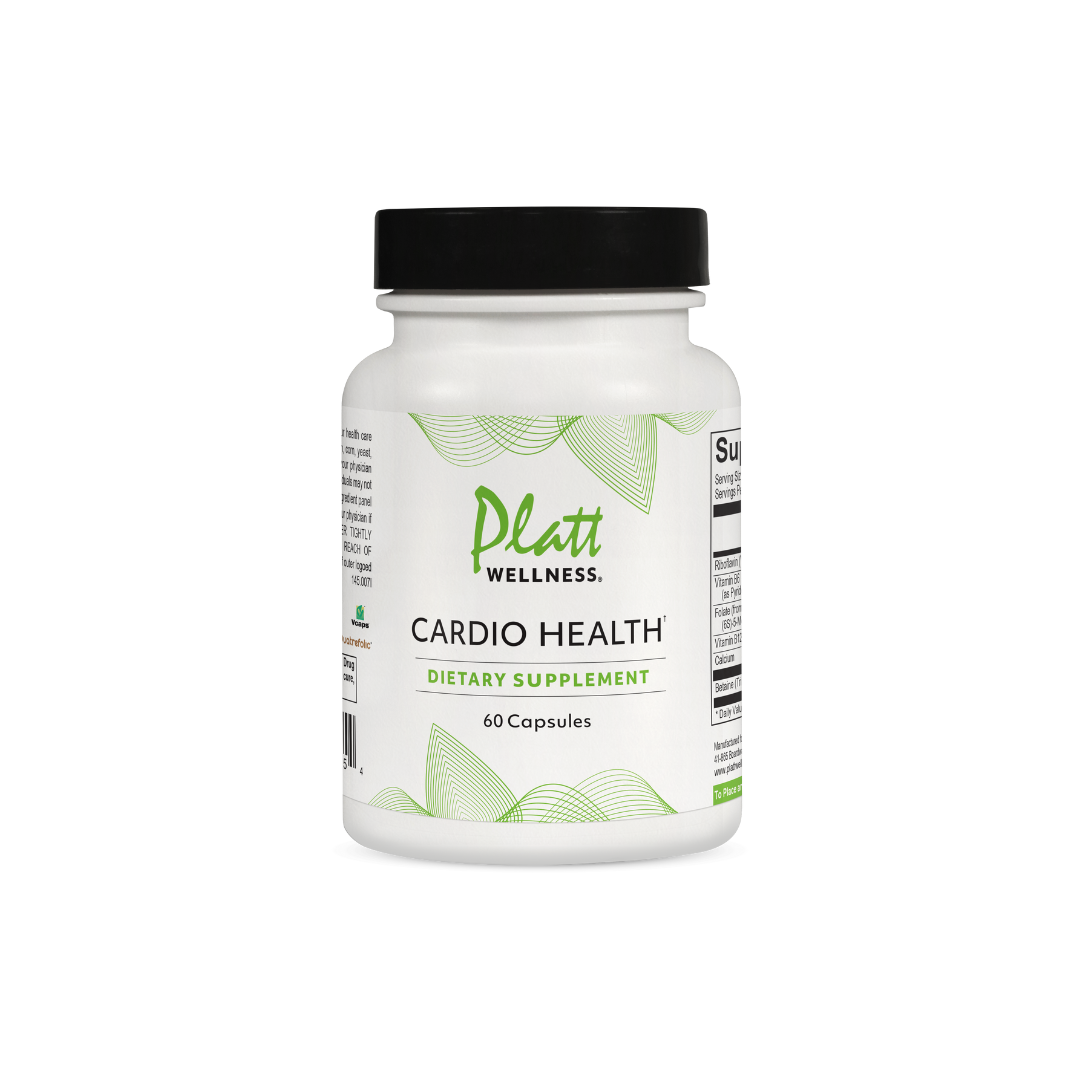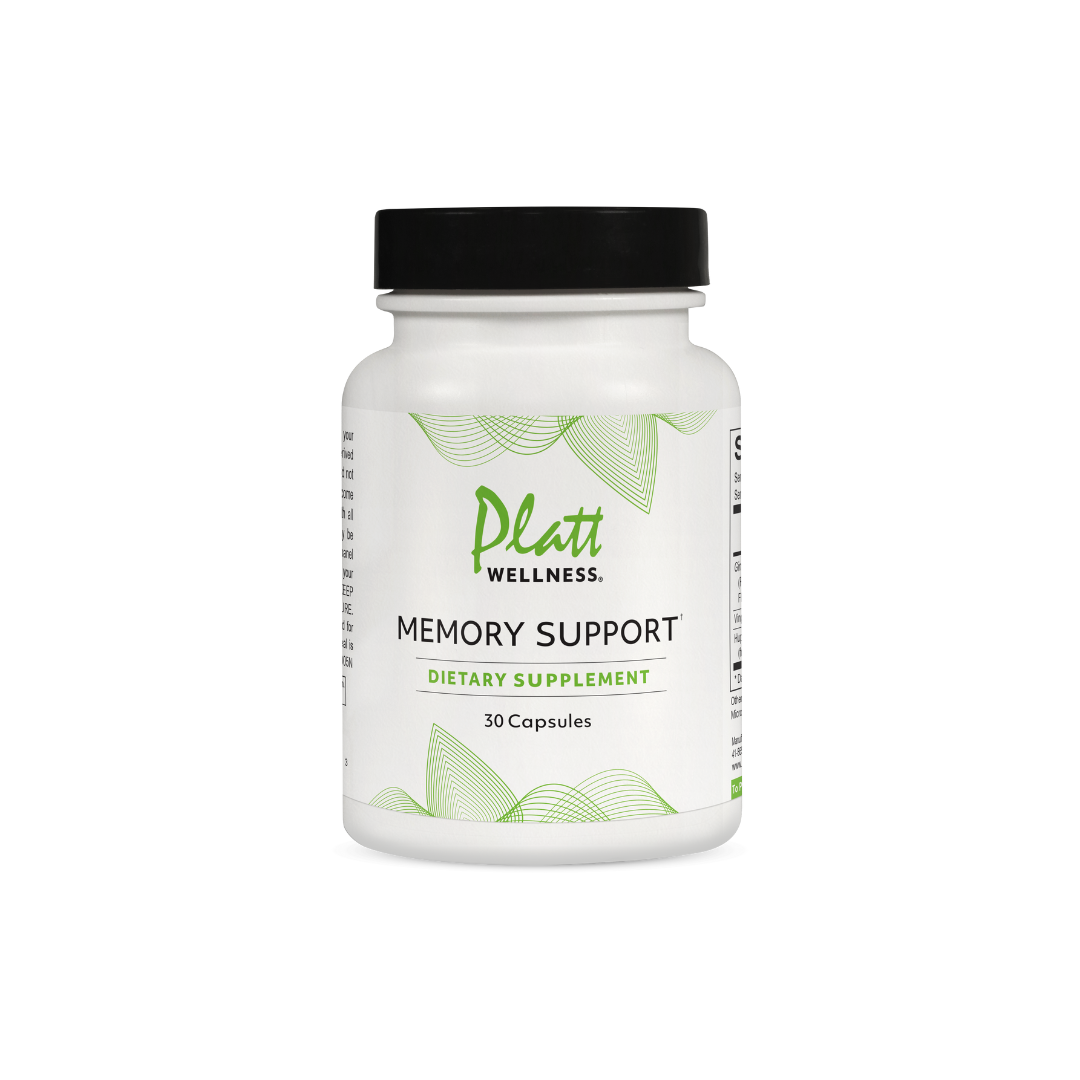As most people are aware, we are entering into flu season. Without fail, there are multiple notices encouraging people to get flu shots. I have never been convinced that flu shots actually prevent the flu. In fact, I believe that they are more likely to give you flu-like symptoms. The question, of course, arises, is there a better way to prevent the flu?
In fact, there is. And this is an ideal time to mention this because we are in the midst of breast cancer awareness month, which should more appropriately be designated as breast cancer prevention month. As it happens, a therapeutic strength of vitamin D3 will prevent the flu, as well as most colds. At the same time, vitamin D3 has been shown to prevent about 26 different cancers, with breast cancer at the top of the list.
Normal vitamin D levels are stated to be between 30 and 100. My feeling is they don't really know what a normal level of vitamin D should be. It appears that most of us have lost the ability to convert sunlight into vitamin D. Studies done in Hawaii and Costa Rica have indicated that residents there all have low vitamin D levels. In my own practice in Southern California I have never had a patient with a normal vitamin D level who was not taking vitamin D.
It has been reported that there was a time that 15 minutes of sunshine would result in 10,000 to 20,000 units of vitamin D. Before the advent of the automobile and office buildings, man spent most of the daylight hours out in the sun. So the question is, how much vitamin D should really be taken to be equal to the amount that we used to produce?
Vitamin D3, as many of you know, has other significant benefits. Many of these are related to the fact that it is a prohormone, rather than a vitamin. In high doses it prevents Type II diabetes, prevents dementia, helps with depression, and prevents and helps to eliminate osteoporosis. In addition, this strength of Vitamin D3 prevents sunburns, as well as the risk of skin cancer.
Every cell in the body has a receptor site for this important element. Over the years, I have routinely recommended 10 to 15,000 units per day in thousands of my patients and have never had anyone develop any side effects. They all had blood levels greater than 100. Since our medical boards do not allow preventive medicine in this country, not surprisingly, the Institute of Medicine recommends doses no greater than 400 to 600 units per day. This dosage prevents every benefit offered by vitamin D3 except for bone health.
As a reminder, you should always take vitamin K2 when taking vitamin D to prevent calcium from calcifying blood vessels. Vitamin K2 has many of the same benefits as vitamin D. In addition, it actually takes calcium out of blood vessels and puts it into bones. The minimum dose of vitamin K2 is 180 mcg. In addition, you should avoid using gelcaps of vitamin D3 because oil impairs the absorption of vitamin D. As stated above, vitamin D is not a fat-soluble vitamin.
Recommended dose: 10-15,000 IU of vitamin D3 per day, and 180-360 mcg of vitamin K2 (MK-7).
Taking two Vitamin D3 5,000 IU plus one Ultra K will give you 15,000 IU per day of D3 and is a two month supply.
If you get a cold while on vitamin D3, take 10 capsules of D3 or one capsule of Vitamin D3 Max (50,000 IU) and it will knock the cold out in one hour.
-----------
Michael E. Platt, M.D., has been board-certified in internal medicine. He has an office in Palm Desert, CA, devoted to wellness, hormones and supplement online store. He provide answers to questions at questions@plattwellness.com. He is known nationally and internationally as a specialist in bio-identical hormones. He is also the author of “The Miracle of Bio-identical Hormones” and “The Platt Protocol for Hormone Balancing” – a wellness manual for healthcare practitioners.








Repy to Erica:
Insomnia and muscle twitching should not be side effects of vitamin D3. I suspect that you are not taking vitamin D2
which is synthetic and gotten with a prescription.
Terrible insomnia is very suggestive of excess adrenaline, which can also cause muscle twitching. However, I am at a loss trying to connect this to vitamin D. On the positive side, lowering adrenaline levels is certainly doable.
Feel free to send further questions at questions@plattwellness.com.
Dr. Michael E. Platt
What would cause me to get terrible insomnia while taking vitamin d? Also, it makes all of my muscles twitch
Why do you say that “vitamin D is not a fat-soluble vitamin”? I understand that it’s really not a vitamin at all, rather it is a hormone, but I’m unaware of evidence indicating that it’s not fat-soluble. Indeed, if it’s not fat soluble, why would it be that the places we find it stored in nature are in oily fish, egg yolks, and the fat of pastured pork?